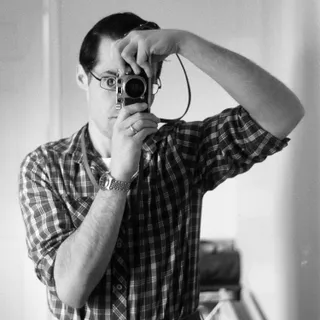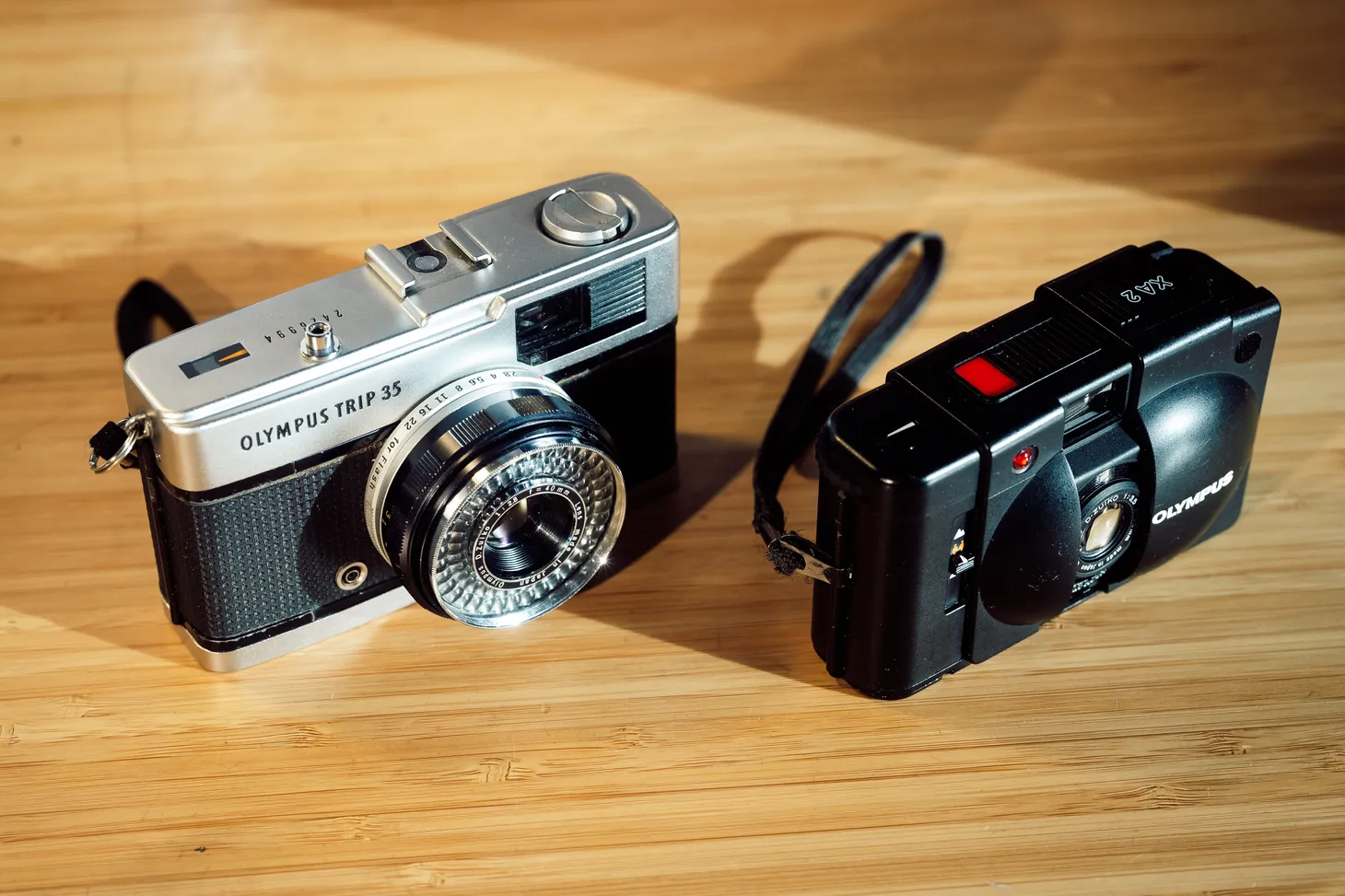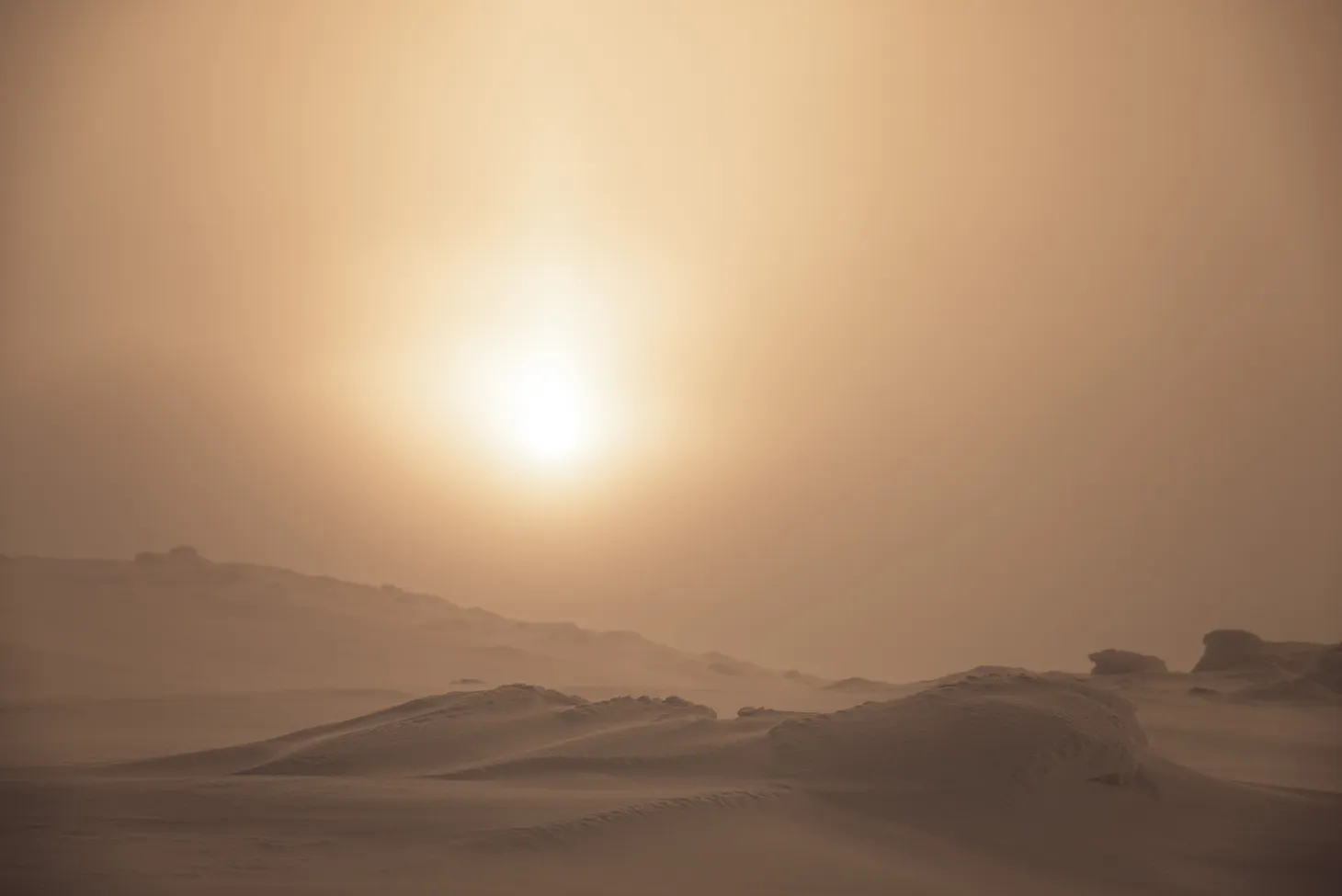The Blue Hour
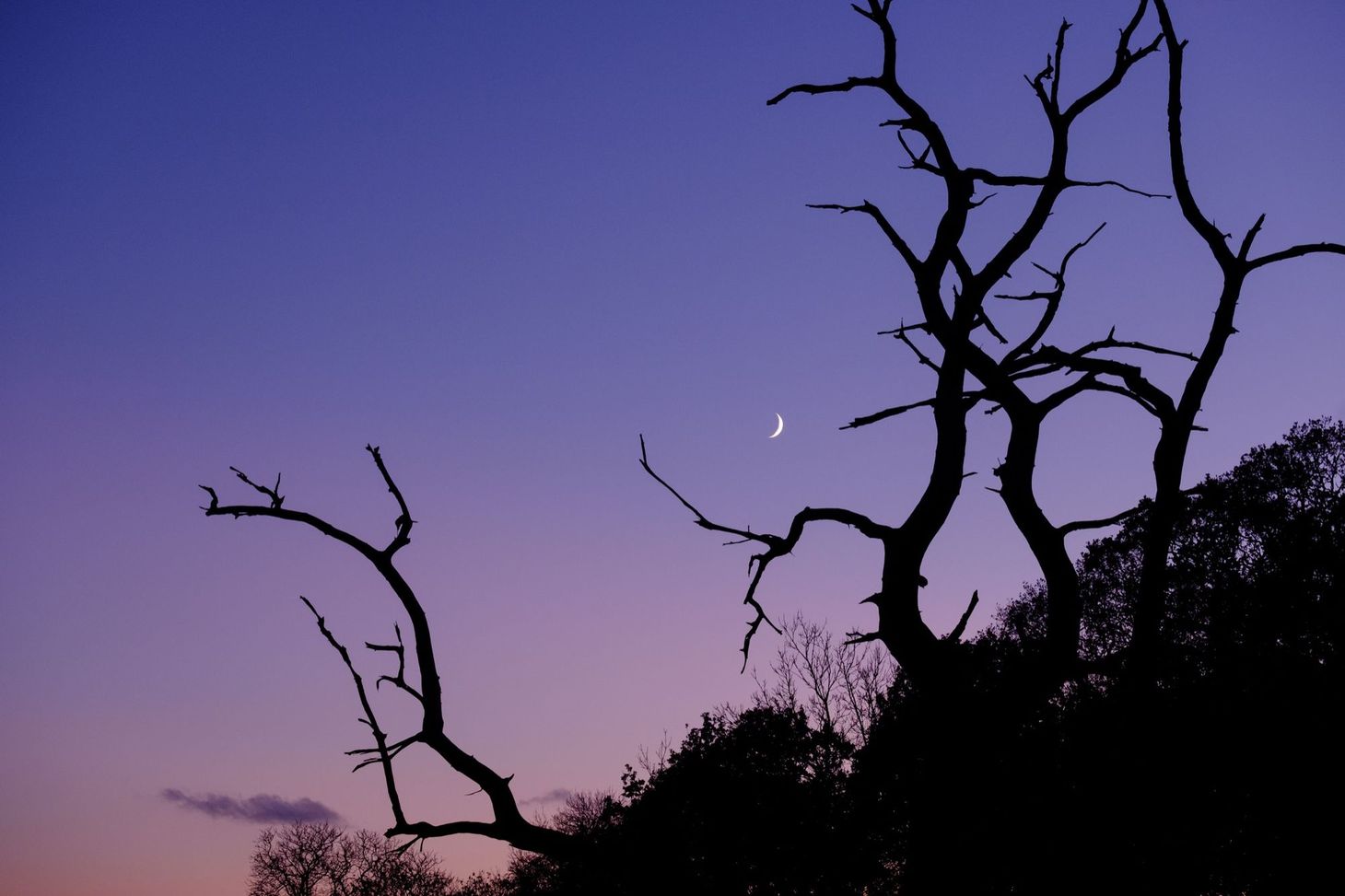
This year, I’ve been starting my morning walks half an hour earlier, and as autumn progresses I find myself a daily observer of that quiet time just before dawn.
For the last couple of weeks now, darkness has characterised my morning walks – or so it appeared at first. I’d strap on my head torch at 0620, like any night hiker would at that hour and this time of year, and step out into the cold. I’d walk in a narrow tunnel of LED light until the dawn overpowered it and I would switch my torch off. But then came one morning when the moon cast hard shadows behind the hedgerows, and I saw the fox’s eyes glittering as he watched me from the edge of the wood where he stalks the pheasants that are suddenly so abundant. I switched off my torch and let my eyes adjust. There was far more light than I’d realised.
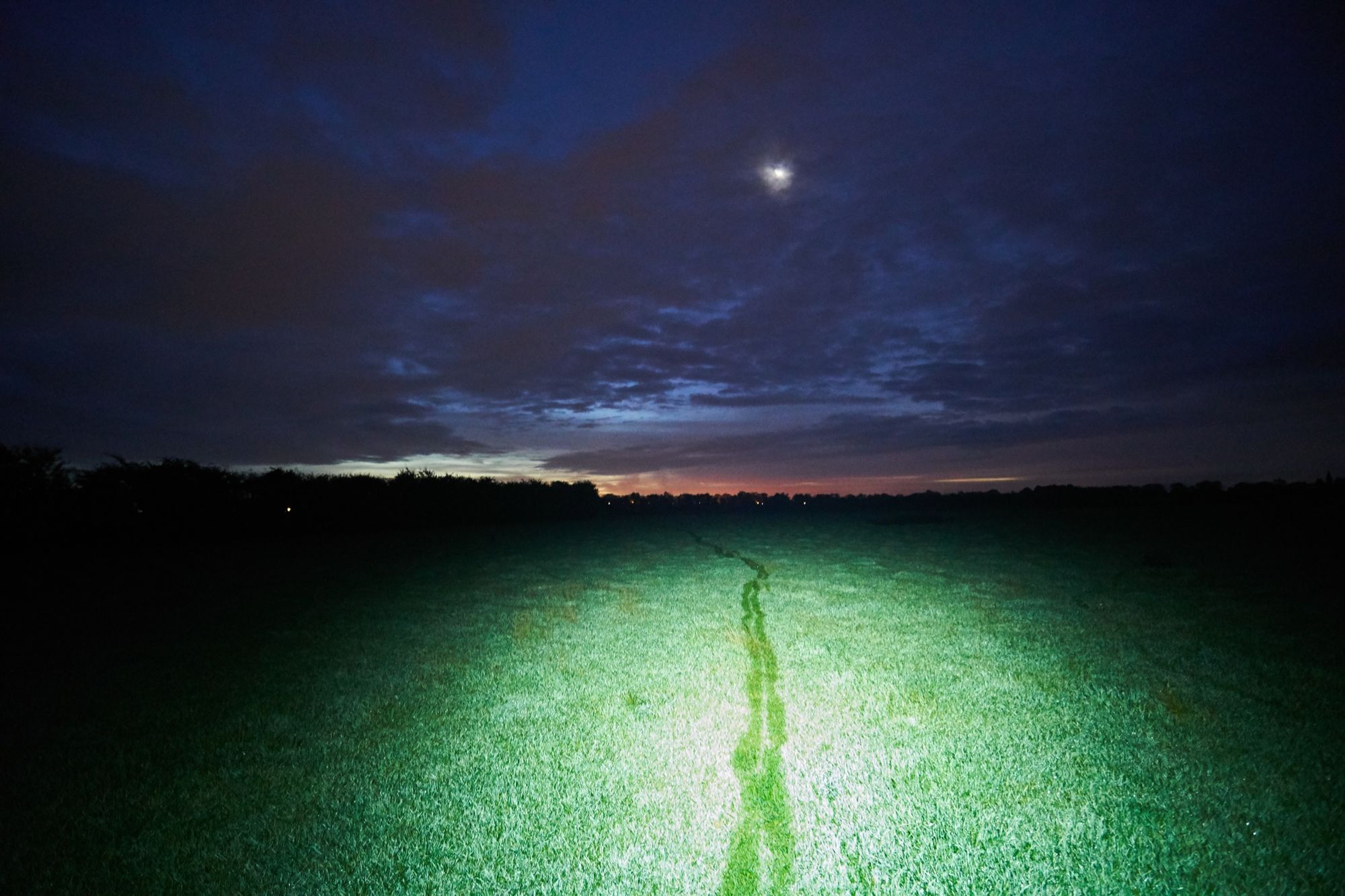
Since then, I’ve tried to avoid using my head torch. I’m no stranger to night walking, and these trails are as familiar as they come, so a little darkness under the trees doesn’t bother me. Unless it’s overcast or foggy, the faintest glimmer on the eastern horizon, heralding the start of the blue hour, usually provides just enough light – and if I need artificial assistance I try to keep my torch in red mode. It’s transformed my morning walks.
The sky, now, is the landscape, while I roam over the blank firmament of land unseen. Puddles are glowing portals. Stars wink from gradients of blue, purple and black, an ever-changing globe of colour that is as different from one day to the next as the seasons themselves. Sometimes the sun arrives brash as a gladiator, muscling over the treetops; sometimes it fills low-lying mist with a liquid radiance; sometimes it’s nowhere at all and the darkness follows me all the way back home.
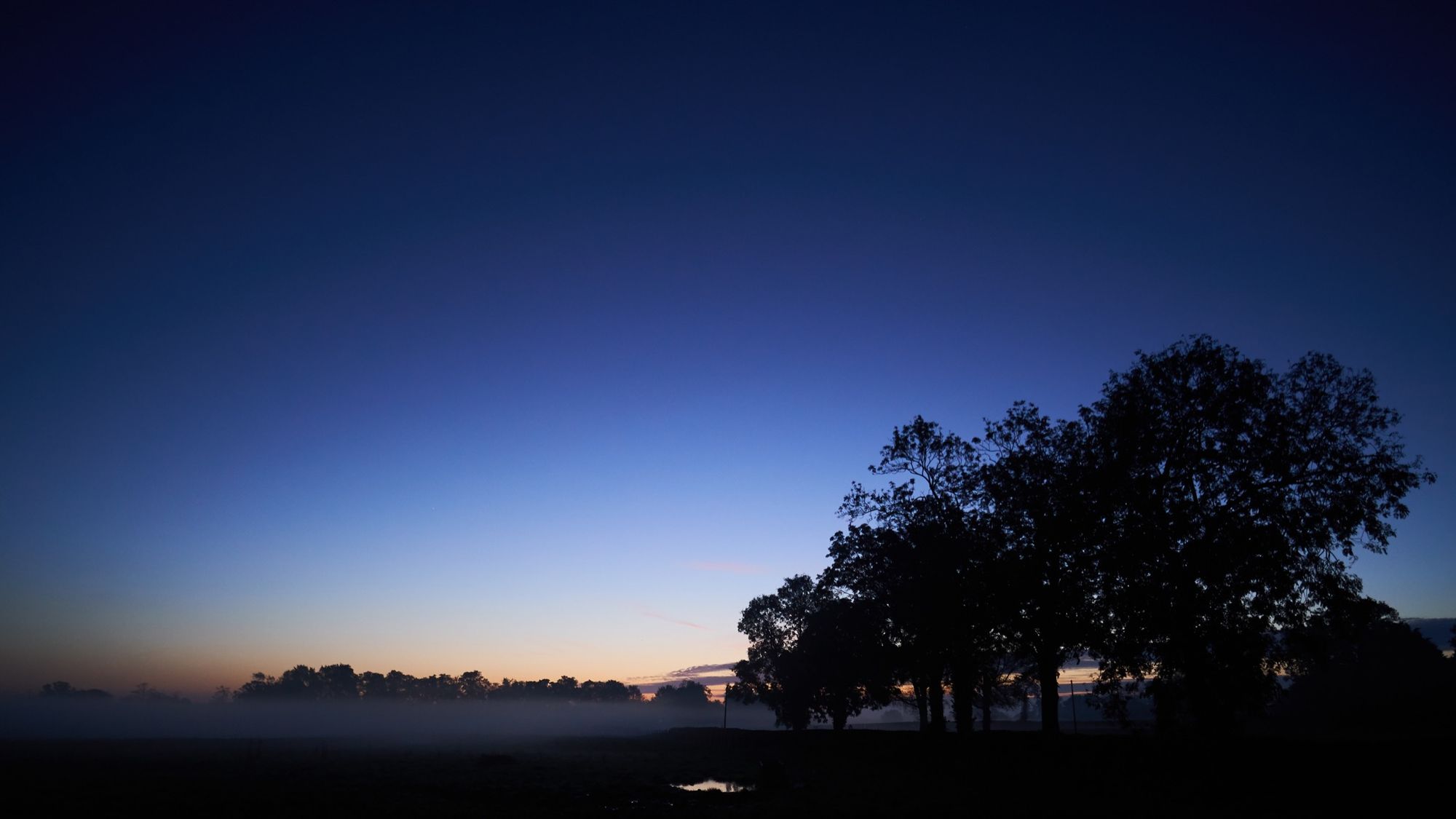
The sounds, too, are more potent. Somehow I seem to hear more without my head torch obliterating the world around me. Now I’m aware of three individual buzzards and at least four tawny owls, distinguishable by their calls, sentinels of different woods along the way. The racket of the roosting pheasants as I creep through their covert is a jarring, percussive movement in the symphony of the blue hour. There’s always a buzzard waiting to dive through them like a Stuka as they blunder in all directions, spraying rain droplets from the boughs above – and, often, I’ll see one of the foxes waiting nearby, a noiseless but bright presence.
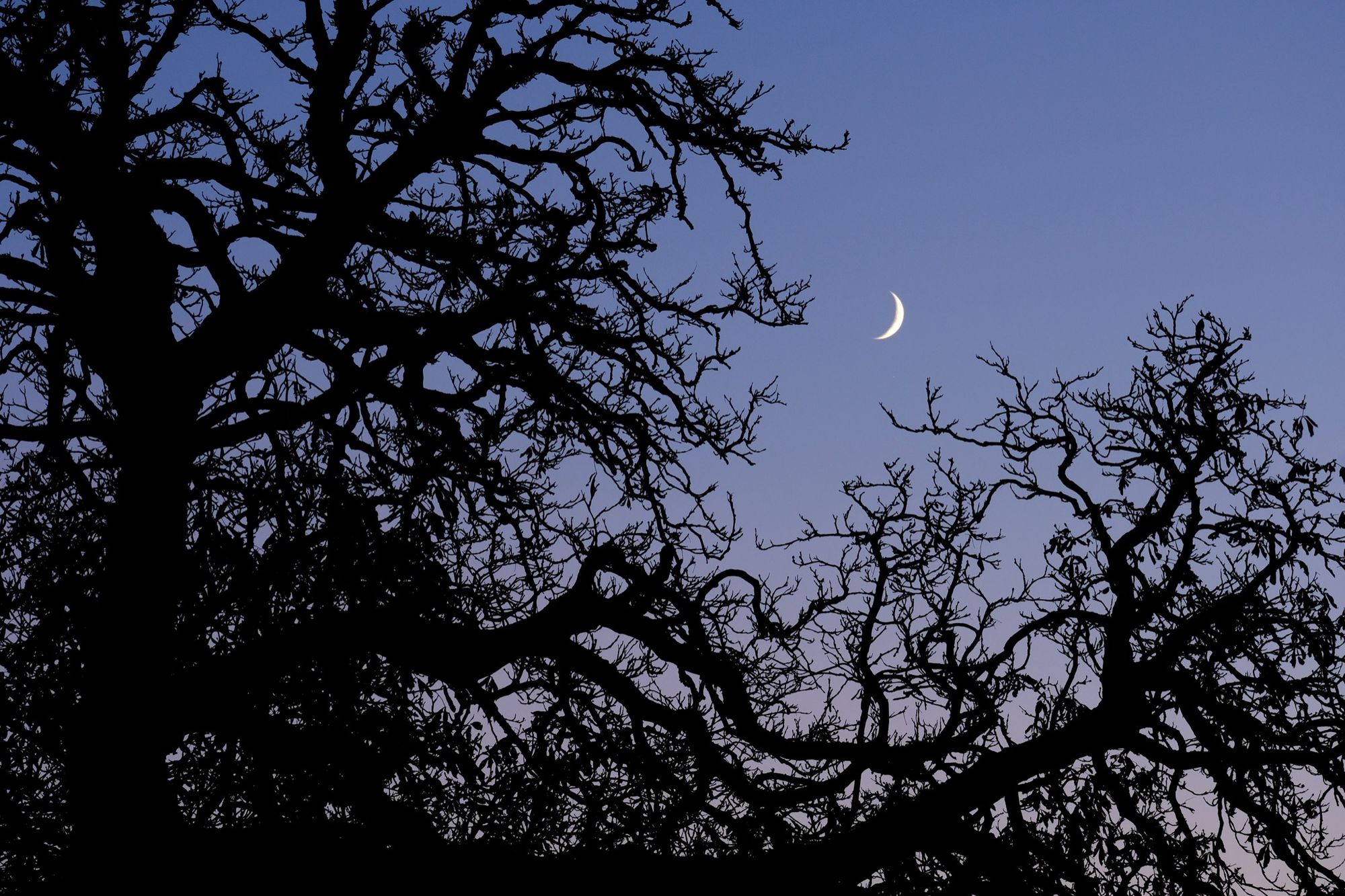
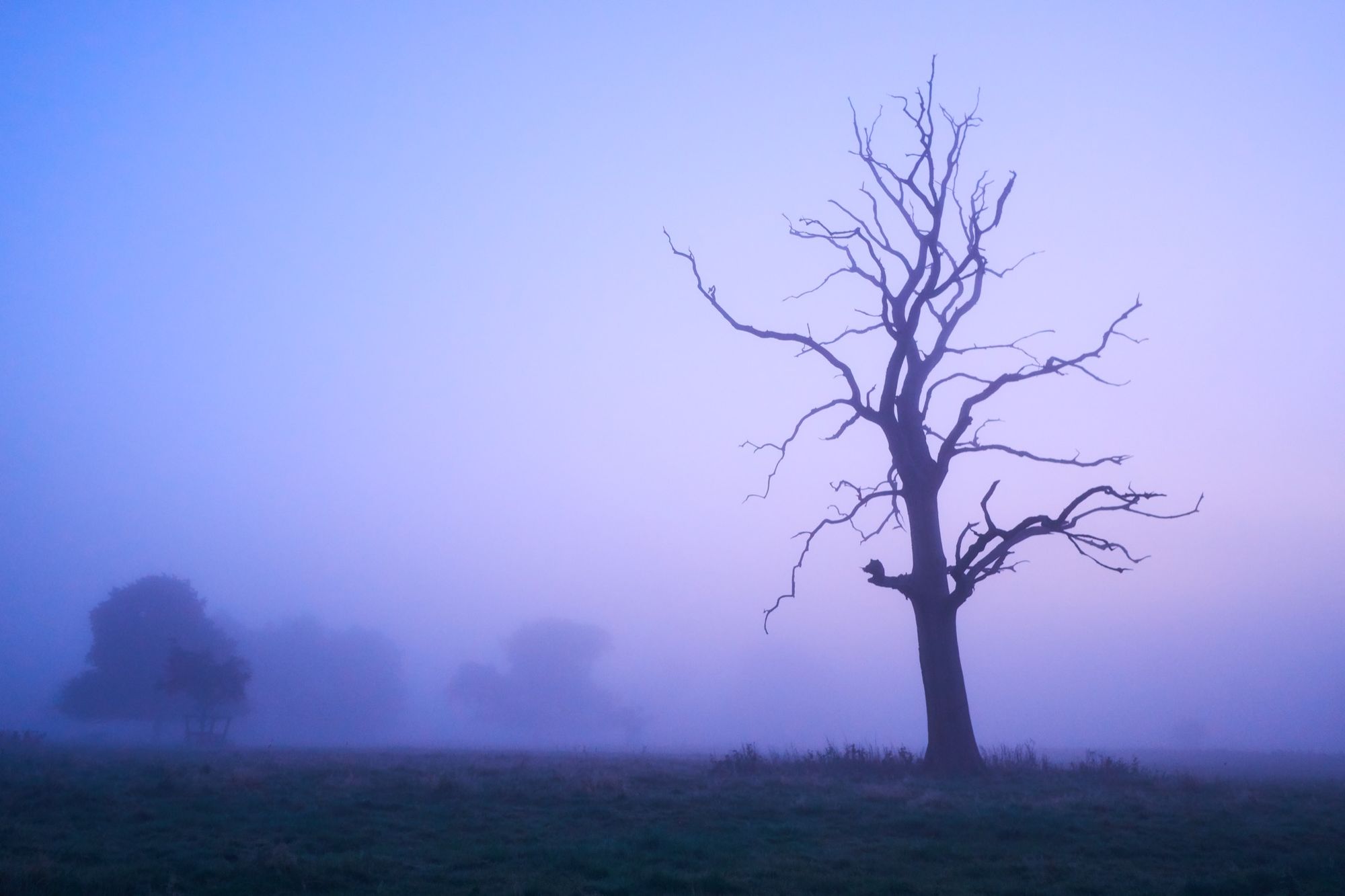
For the finale, the dawn itself will break as I cross the Gunby parkland, often painting the old staghead I call the Poet with primary colours, and then suddenly it’s day again and the landscape feels entirely different.
In a week the clocks will change and all this will be cast into a different balance until later in the year, when the colours and the air will have changed, the wildlife will respond to different imperatives, and the Poet will whisper new words to me as I walk beneath its bare branches. But, for now, the blue hour abides.
Alex Roddie Newsletter
Subscribe here to receive my occasional personal newsletter in your inbox. (For the fun stuff, please consider subscribing to Alpenglow Journal instead!)

